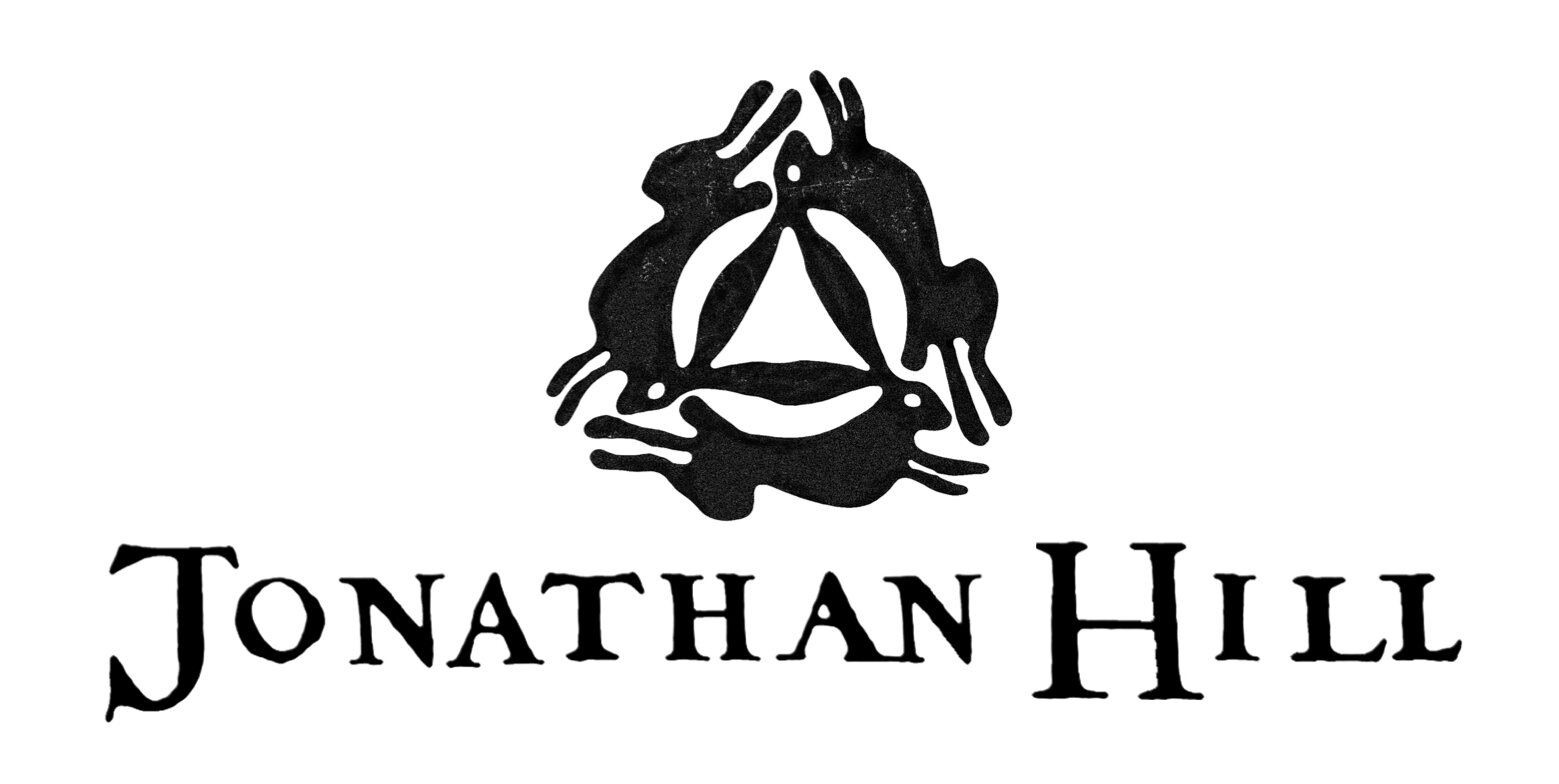7/7 Viola d’amore by Tomas Hulinzky, Prague, 1782.
Tomas Hulinzky worked in Prague during the 18th Century and was likely a pupil of the prolific J.U. Eberle, who made some of the finest surviving Violas d’amore.
This instrument is a fine example of a late 18th Century Viola d’amore, ideal for playing a wide repertoire. It has a body length of 39cm and string length of 36.5cm making it a manageable size to play and whilst the influence of Eberle can still be seen, it shows characteristics unique to Hulinzky. The instrument is owned by Edinburgh University Musical Instrument Collection.
The arching is high and bold with a deep fluting around the edges and the sound holes, which are cut in Hulinzky’s own style, and are long and elaborately shaped.
The ribs are high at 60mm in the C Bouts, but they gradually taper down towards the lower block, presumably, to make the instrument easier to hold- an elegant solution as retaining the depth of body in the C bouts helps the lower strings to find their voice.
On the inside, this instrument is built with the usual soundpost plate and two cross braces that one would expect to see inside a ‘flat backed’ instrument and the back displays a distinct outward curve across it’s width. Whether this is from a later repair, a result of years of tension or the intention of the maker, it’s an interesting feature that I have seen on numerous other instruments since. In this case the curve is nearly 8mm high when measured under a ruler at each end.
I believe the fingerboard and tailpiece are quite likely original as they are nearly identical to others I have seen on Hulinzky instruments and the curve of the fingerboard is relatively flat at 55mm radius, perhaps suggesting a playing style of chords and double (or triple!) stopping, or a high string tension.
The head and pegbox are nearly identical to the Hulinzky Viola d’amore in the German National Museum in Nuremberg; the head is of a chubby blindfolded cupid, there is floral relief carving on the back of the peg box and the upper half of the peg box has pierced fret work both for strength and as decoration.










